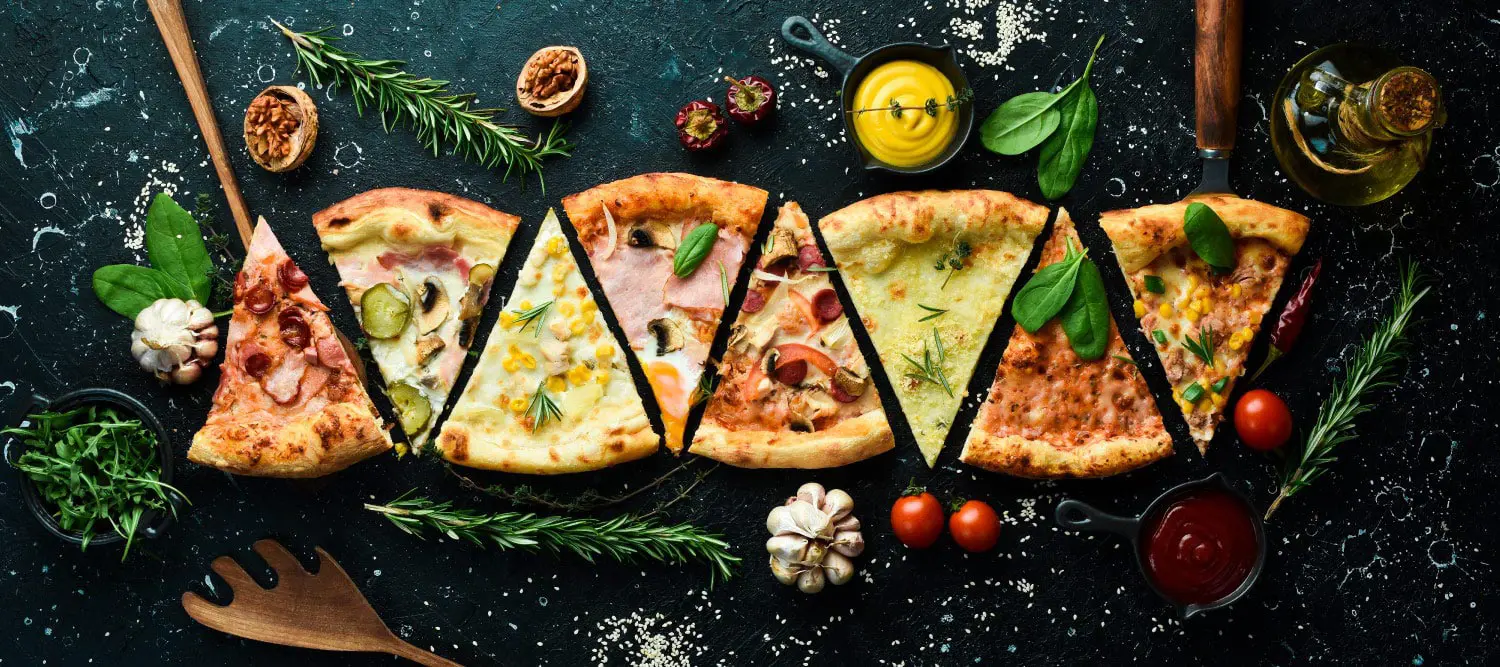Feeding limited time offer takeup through OSAT survey analysis



Tempted to try a cheeseburger pizza? Keen to combine beetroot and pineapple in a topping? Then you’ve probably jumped at a restaurant’s latest limited time offer (LTO) — and filled in a post-meal overall satisfaction (OSAT) survey discussing how you felt about your dining experience.
With a Circana study highlighting that 91% of consumers are more inclined to visit a chain showcasing new menu items, LTOs around food are vital to attract new and repeat customers. But how do you ensure these customers come back; that your offers stand out from competitors?
By creating a guest feedback analysis program.
While overall satisfaction scores and other customer feedback metrics like CSAT and NPS tell you what is happening, to gain real customer insights you need to know why they’re happening. Any restaurant wanting to run a difference-making customer feedback program needs to consider qualitative responses, not just quantitative scores.
That’s why a US pizza chain uses Relative Insight’s software to track its OSAT survey responses. This blog outlines how the national restaurant pinpointed why some of its LTOs on food performed better than others — and the action the brand took to boost its lower-performing limited time offers.
Mining OSAT questions to understand product performance
Operating across the US, this group of restaurants runs regular LTOs on food. These broadly form two categories — seasonal specialties and trials of new topping combinations.
When analyzing revenue from these offers, as well as OSAT scores, the chain found that its seasonal limited time offers performed much better than its topping trials. It needed to uncover the reasons for this to drive revenue in the latter.
The pizza chain sends diners a post-meal overall satisfaction survey. This survey features closed OSAT questions, where guests are asked to rate their overall experience out of ten and select the menu item they ordered. Alongside these closed questions is an open-ended query, enabling customers to explain why they’ve given these scores.
To understand what was driving these differences, the team segmented open-ended responses using two OSAT question responses: the overall satisfaction score and the offer the pizza they ordered.
By analyzing these segments using Relative Insight’s root cause analysis software, the restaurant identified elements of customers’ feedback that highlighted why some limited time offers performed better than others.
OSAT survey responses show the importance of product framing
Comparing how customers talked about high-performing limited time offers versus LTOs with low OSAT scores revealed key differences.
For seasonal offers, respondents used the word ‘needed’ 7.8x more, along with the phrase ‘just what I needed’ infinitely more. They also used the phrase ‘matched my mood’ infinitely more.
“Loved the Spring Wave pizza. Just what I needed to get me in the mood for nicer days ahead.“
In contrast, diners were 17.3x more likely to describe other food LTOs as ‘weird’, as well as using the word ‘experiment’ 6.2x more. This was despite many of the pizzas using more traditional toppings than the seasonal variants.
“I get they’re experimenting, but these toppings just seem a bit weird. I tried this one out of curiosity, but it didn’t taste good and I definitely wouldn’t order it again.“
OSAT survey respondents giving low scores also used the word ‘sides’ 8.7x more. They used the phrases ‘no sides’ 5.4x more and ‘go with’ 13.1x more — highlighting that they were dissatisfied with LTOs not offering sides, or servings that didn’t complement the trial toppings.
“Eight cheese pizza with cheese bread as the only side? WHAT IF I DON’T WANT CHEESE TO GO WITH MY CHEESE?!“
After digging into the data, the chain’s customer experience and menu teams sprung into action.
Boosting revenue from limited time offers
The chain had two key takeaways from their analysis.
The first was very simple conclusion: all LTOs must contain a choice of side. For more ‘experimental’ toppings, the menu team would introduce new limited-edition sides that better suited these pizzas.
However, the second conclusion was more psychological — and could only be identified using AI-powered text analysis. It was clear that although the physical differences between seasonal and other LTOs were minor, the way they’re framed is key to influencing customers’ opinions.
Seasonal limited time offers connected with consumers in a way the others didn’t, tapping into their moods and feelings. Feedback around these offers demonstrated emotional connection and showed that these offers resonated more with diners.
Based on this finding, the team began reformulating its offers to link the majority with specific events in the calendar. It cut down its overall number of LTOs, but added new topical topping twists.
These actions proved successful, with a tangible impact on the pizza chain’s balance sheet. Revenue from limited time offers rose by 13%, while the number of diners returning within one month of trying an LTO rose by 34%.
Need to extract customer intelligence from your OSAT surveys? Want to know why overall satisfaction is rising or falling? Speak to one of our team to find out how you can use Relative Insight’s software to pinpoint the drivers of your customer metrics.
